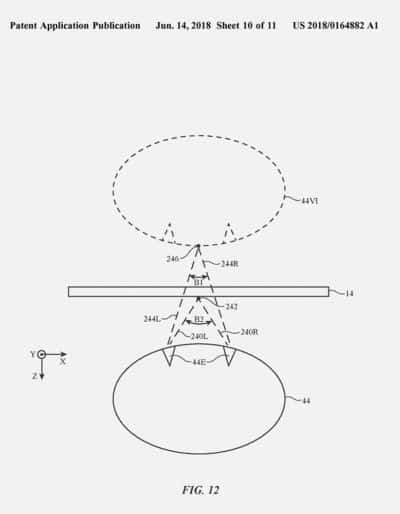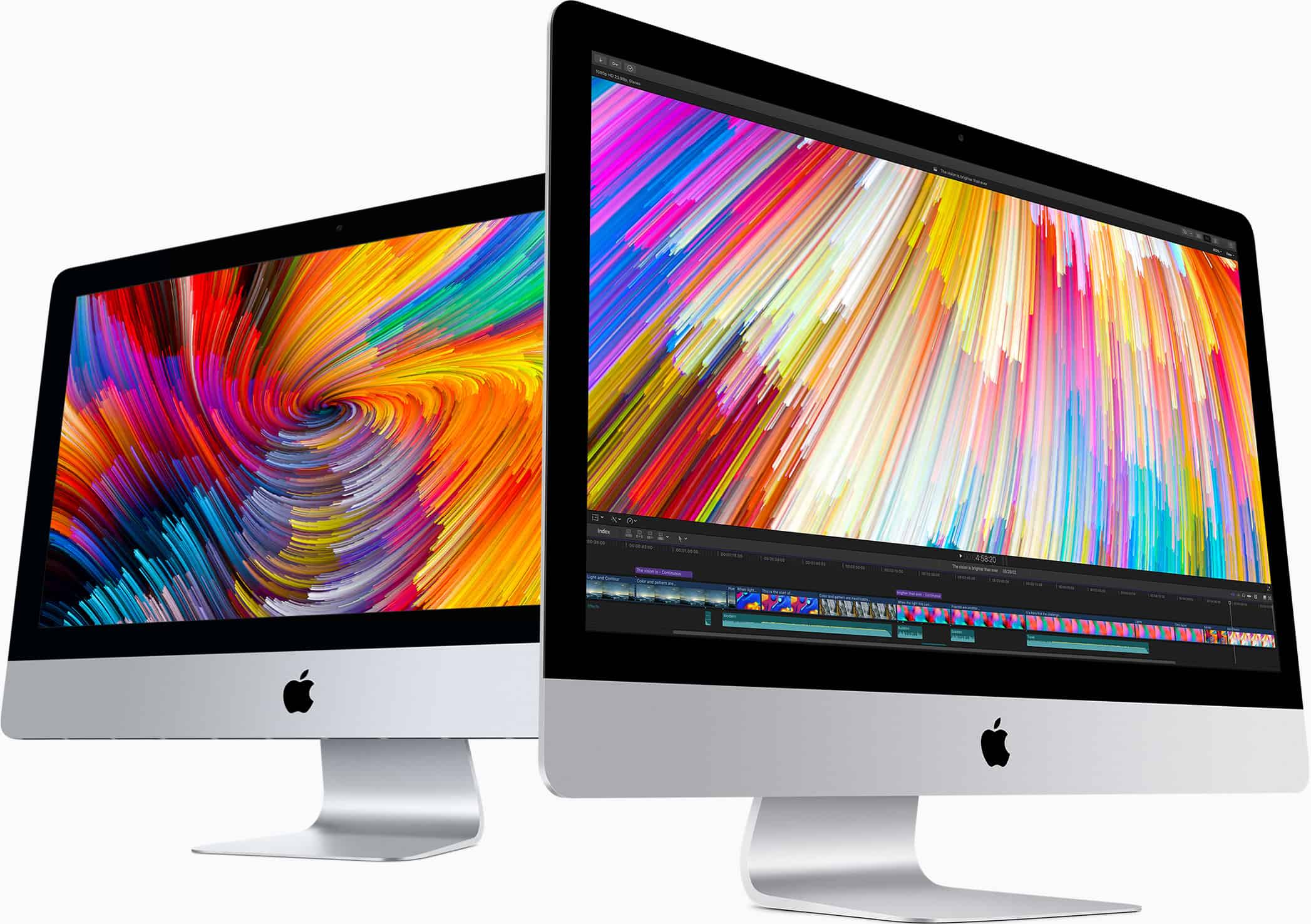Down the road, as you gaze into the monitor of a new iMac, the screen could gaze back.
Apple was awarded a patent Thursday by the United States Patent & Trademark Office for adjustable reflective display technology that can track your gestures, including eye and head movements.
Apple has other patents related to gaze detection and last summer, it reportedly acquired the German company SensoMotoric Instruments, which specialized in eye-tracking glasses.
Thursday’s patent offers little information on how Apple plans to use the technology, but gaze detection has a variety of applications, including augmented and virtual reality, technologies Apple is hot to dominate.

Document: Apple/USPTO
Gaze detection technology also factors into a number of driver safety innovations.
The technology would not be limited to iMacs, according to the patent application, filed last December. Gaze detection could apply to “any electronic device with a display having a pixel array configured to produce images.” That could include TVs, iPhones and iPads.
Monitors would have layers of reflective polarizers and include a number of cameras and sensors.
According to the patent abstract:
Input-output circuitry in the electronic device may be used to gather input from a viewer of the display. The input-output circuitry may include a gaze tracking system that gathers point-of-gaze information, vergence information, and head position information, maybe a biometric sensor, may be an input device such as a button or touch sensor, may capture hand gestures, and/or may gather other information.
The display may include a pixel array for producing images. An adjustable reflectance and transmittance layer may overlap the pixel array. Control circuitry in the electronic device may individually adjust different areas of the adjustable reflectance and transmittance layer. The control circuitry may place each area in a reflective mirror more or in a content-displaying mode and may move the areas in response to the information.
Apple is famously not the kind of company that talks about what its Research and Development team has cooking. A patent can offer a limited window into possible innovations being considered for upcoming products but does not mean we will ever see the ideas show up on our devices.
Source: AppleWorld.Today


